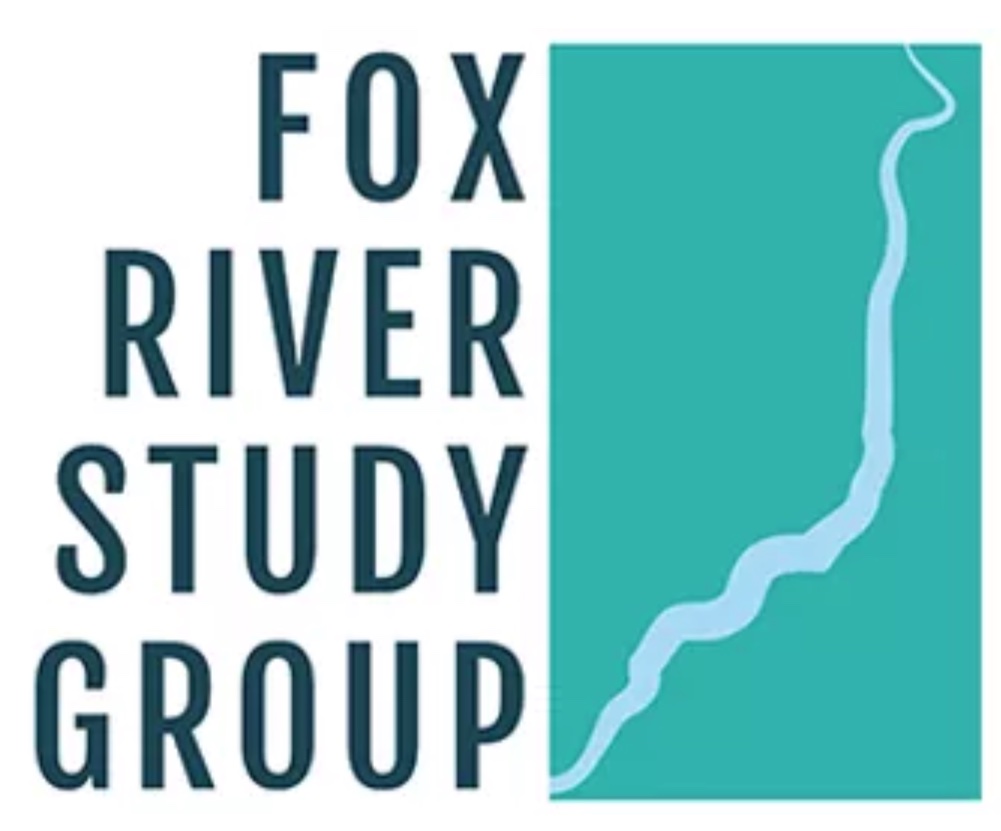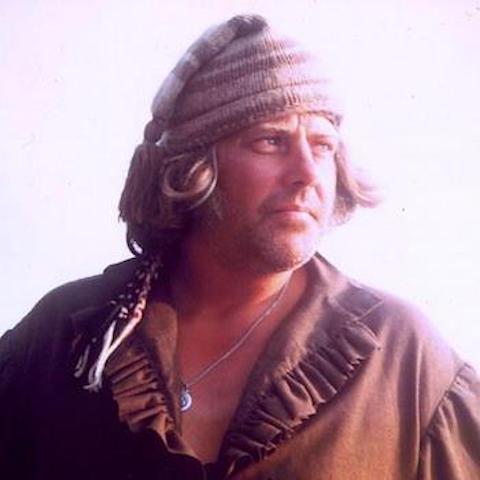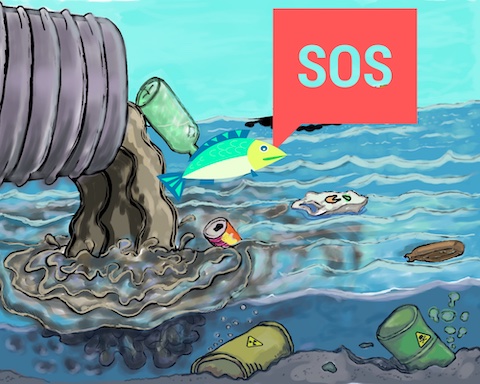For over 30 years, Friends of the Fox River (FOTFR) has been building a watershed of caretakers. Part of that effort is defining the term watershed (as a drainage area) and delivering this concept as a management strategy. That path has been marked by a few watershed moments; a watershed moment is a turning point, the exact moment that changes the direction of an activity or situation.
In other words, it is a dividing point from which things will never be the same.
Showtime on the Fox River
The legendary and our very own home-watershed hero The FOX, was from Oswego, Illinois but brought international attention to the Fox River Valley. His exploits began after being saddened and maddened one day by the sight of dead ducklings floating in sudsy water. The source was Dial Corporation in Montgomery. He vowed to avenge their deaths and a hero was born. The FOX waged a retaliation reign on polluters in the mid 70s by basically polluting their property with their own pollution. This was his tactic but staining their carpets and spreading skunk odor indoors was not his primary goal. He was a professional educator and his ultimate tactic was to raise awareness of who was threatening our river.
Public Exposure
The FOX always made certain that his exploits achieved media attention. Raising awareness of the pollution and its source educated the public with the intent to empower the people to protect their river. Environmental laws were greatly lacking back in the late 60s and his strategy was to enrage the public into pressuring their legislators to enact protective legislation. The FOX and his posse of kindred spirits did an exceptional job of exposing local polluters and initiated pressure that had real results.
Era of Regulation
After decades of water quality degradation, the Fox River was not healthy. Shortly after the reign of The Fox, the landscape had changed with significant water quality protection legislation in place. The Illinois Environmental Protection Agency (IEPA) had the regulatory authority to develop standards, monitor discharges, and enforce through penalties. Some folks largely credit The Fox for that progress. Twenty years later, by the end of 90s, quite a bit of research had been conducted to understand the health of the Fox River. Conditions were improving but not fast enough for many of us. The river needed a voice once again and Friends of the Fox River (FOTFR) was created in the early 90s to continue the mission of The FOX.
Friends of the Fox River is Born
FOTFR was founded by Pat Reese who created a watershed moment in Elgin. It began with advocacy and moved quickly into education. Much like The Fox, FOTFR empowered the public. FOTFR was joined by multiple governmental agencies and other nonprofit environmental protection groups to fill various niches in Fox River protection. Locally, efforts included numerous trash clean-ups, open space preservation, biological and chemical research, ecological restoration on the shoreline and throughout the watershed, and public formal and informal education. All of these efforts were helping to fix the Fox River but some people were not satisfied with the help on the state level.
An Endangered River
The Fox was a showman. Getting media attention was his resource to create awareness in the public sector. The national organization, American Rivers, has an annual event awarding the designation of the 10 Most Endangered Rivers in America. Making the list brings national recognition. The strategy is to raise awareness of the listed entity’s condition and rally local support for protection, a tactic effectively used for the Bald Eagle. A handful of local nonprofits applied and in 1999 our Fox River earned the 7th spot. For us, it was a huge achievement to acquire this level of publicity and I’m sure The Fox would be pleased with that.
A Plan in Place

The result of that publicity was significant action that began on the national level when it caught the attention of the United States Environmental Protection Agency (USEPA). The USEPA turned to the IEPA for an explanation, since this was a surprise to them. Consequently, the Fox River’s status was changed; a program of restoration was required and had significant impact on river health. The establishment of the Fox River Study Group (FRSG) and now the activation of the FRSG Implementation Plan are resulting in steady improvement of the Fox River’s water quality. In addition to addressing municipal discharges, the impacts of agriculture, and stormwater runoff challenges, are the focus of habitat improvement through dam removal.
Free the Fox
Fall of 2022 is when a very big event in our watershed will occur, with the removal of the Carpentersville Dam. Dams on several streams in our watershed have been removed and demonstrated the results of improved water quality and biological diversity. The removal of the Carpentersville Dam will be a main stem demonstration and will be the kind of event that will have significant impact upon public awareness of water quality and river health. This year, FOTFR will celebrate the rebirth of a section of river. It will help the public better understand river restoration and likely lead to more dam removals to follow. Fixing the Fox River has been a long process of public awareness from the days of The Fox and through the endangered river period.
This year will mark the next step toward a free and healthy Fox River and another watershed moment that will build momentum.





